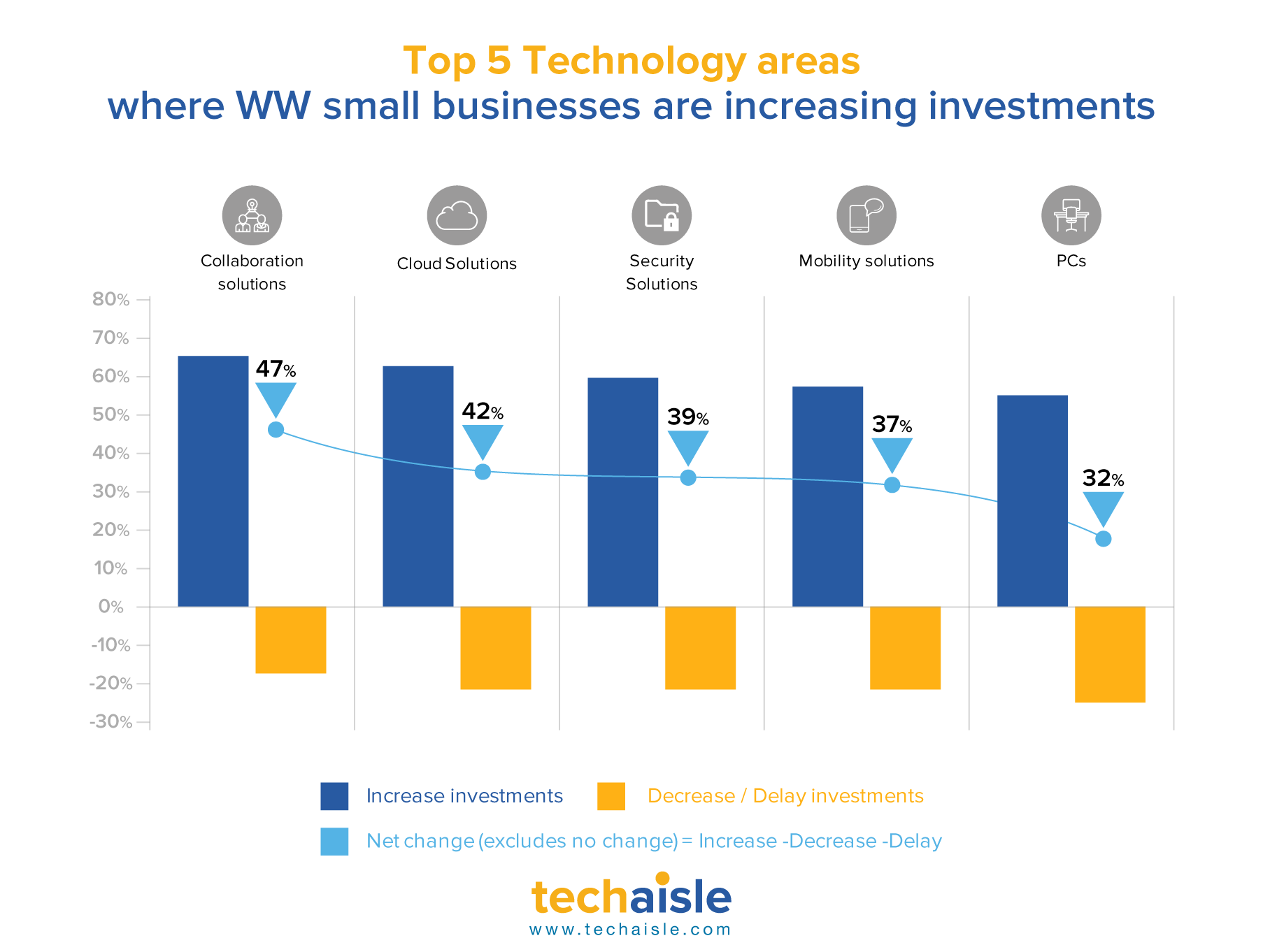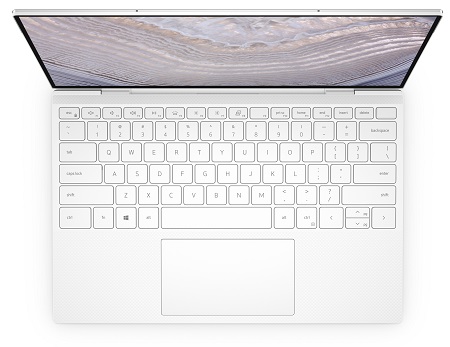The long game has just begun. Competition is at bat and IBM has thrown its first pitch.
IBM calls its new PartnerWorld a reimagined business partner program. I see it as the most radical shift in the rubrics of partner engagement and enablement in IBM’s last decade. The new IBM PartnerWorld expands the program framework to three specialized tracks—Build, Service and Sell—each with tailored offers which have the potential to help partners unlock meaningful benefits faster than before and quicker than competitors. By adding the new Build and Service tracks alongside the existing Sell track, IBM is focused on aligning with the growing trend of partners shifting and expanding their models to better compete in a market driven by cloud adoption, compete better with leading hyperscalers and help partners develop new revenue streams as they create value for clients. The program focuses on three channel practicalities:
- Driving growth
- Enabling innovation
- Delivering value
IBM announced a $1 billion incremental investment over three years in its public cloud ecosystem to help IBM Business Partners accelerate clients’ digital transformation initiatives and cloud adoption. IBM is expected to provide partners with architectural guidance and support.
IBM also outlined new partner resources for digital marketing, digital selling and financing including providing refunds of 100 percent on digital co-marketing activities, extending the PartnerWorld revalidation grace period so that partners do not decrease in program level or lose a competency achievement before 2021, and free Cloud/AI resources for 90 days.
IBM’s new My Digital Marketing platform (which replaces existing Digital Content Marketing Platform) is a no cost benefit for all registered IBM Business Partners and is available in 13 languages. More than a content repository, it is a marketing automation engine which can be used to execute campaigns and syndicate web content to drive demand generation and track opportunity. Staffed 24 hours a day, 5 days a week, it is billed as an end to end platform that allows a partner to plan, personalize, execute and measure marketing efforts.
Techaisle Take
It is no secret that the explosive growth of cloud over the past several years has dramatically and permanently altered the ways ‘the channel’ – especially, resellers – organize their businesses. The pressure is building on all sides of the traditional channel business model. The impact of cloud on traditional channel business models is wrenching at all levels of business operations.
Three tracks – Build, Service, Sell
Partners are invited to participate in all three tracks, regardless of their primary business model. A Build partner can develop and validate solution through new competencies and publish to the IBM Global Solutions Directory (IBM software catalog). It is not uncommon for partners to not only build their own applications but also provide services and act as resellers. Data shows that Services’ success depends on Build and Sell, Build’s success depends on not only themselves but also Sell and Sell channel cannot sustain sales cycles that are longer than 6 months. To drive success for the Build channel – which seems to be IBM’s focus to catch-up with AWS and Azure - IBM plans to rely on its Business Partner Connect platform that encourages partner to partner connection. With an instant match capability, IBM Business Partner Connect is designed to accelerate solutions for end-customers by matching partners looking for assistance with partners offering expertise. The three tracks together with Business Partner Connect are essential cogs for the ecosystem to thrive.
Ecosystem is nice but revenue is essential. Vendor suppliers who assemble catalogs of tested, interoperable solutions provide a service to customers and those who enable sales of these products do a service for ecosystem members. Enabling sales will likely be a challenge for IBM. But in the words of David La Rose, GM, IBM Partner Ecosystem, “we are at the start of a journey”.
Enabling innovation
Techaisle data also shows IP-led solutions will be key to partner success. By the end of 2021, 40% (from current 29%) of channel partners’ cloud revenue may be attributable to products they have built internally. A key aspect of IBM’s Build track (develop own IP) is the basket of incentives – cloud credits, techline pre-sales and consultation, dev/test support and marketing/sales support. This moves partner go-to-market support needs well beyond traditional market development funds (MDFs) to what we call as Solution Development Funds incentives; vendor programs and sales approaches will need to further evolve to meaningfully attract IP-oriented channel partners. In fact, for 47% of partners, solution development funds are more important than MDFs (which is at only 21%).
More than 50% of cloud partners have one or more cloud app development capabilities and MS Azure is the hyperscaler of choice. But the real race is between GCP and AWS and surprisingly a higher percent of partners are building in-house expertise in GCP over AWS. The question is if IBM’s $2500, $15000 and $85000 cloud credits are good enough to attract and retain partners when AWS, Azure and GCP offer significantly more. The answer lies in IBM’s commitment on customer incumbency in areas of specialization – financial services, cognitive, industrial and automotive and regulated workloads specifically focused on app modernization and migration services. Furthermore, there are opportunities for partners to purchase cloud booster packs. In the enterprise package, the cloud booster packs are unlimited, therefore the partner can gain access to as many cloud credits as they want through this program.
Driving growth
For 42% of channel partners, driving growth is the top business issue for the next one year, especially with a clear focus on increasing effectiveness of sales and marketing. Driving growth is also a function of digital discovery. To maximize addressable market, channel partners need to embrace digital marketing as a way to gain entry to accounts that have not yet self-identified as prospects. Marketing has not been a major focus for most channel businesses, and those that have invested in marketing staff have typically tasked them with optimizing access to vendor investment (MDF, etc.) funds. Marketing’s need to add advanced digital competencies is challenging most channel firms. To that extent, IBM is providing My Digital Marketing platform that supports content and digital marketing to ensure their partners are in a position to engage with the largest possible number of prospective clients.
Delivering value
IBM’s messaging around “delivering value” is about IBM partner packages and partner support desk. Partner Packages deliver value by giving IBM partners the flexibility and scalability for learning, development and test. IBM Support Desk delivers value for the partner by providing on-boarding and continuous support of navigating the PartnerWorld Program to ensure the partner takes advantage of all benefits available to them. Essentially, IBM is doing what in fact is a default expectation of almost every partner, which is, simplifying partner experiences.
However, increasingly, a vendor’s perspective on delivering value is less relevant than the buyer’s view of whether/how their suppliers are creating value for their businesses. In other words, value begins from the customer - the channel partner’s customer. IBM needs to ensure its channel partners’ sales and marketing resources and customer commitments align with business outcomes rather than technical thresholds.
The long game has just begun. Competition is at bat and IBM has thrown its first pitch.
The above article is a synopsis. Download for free detailed Techaisle Take report here
















